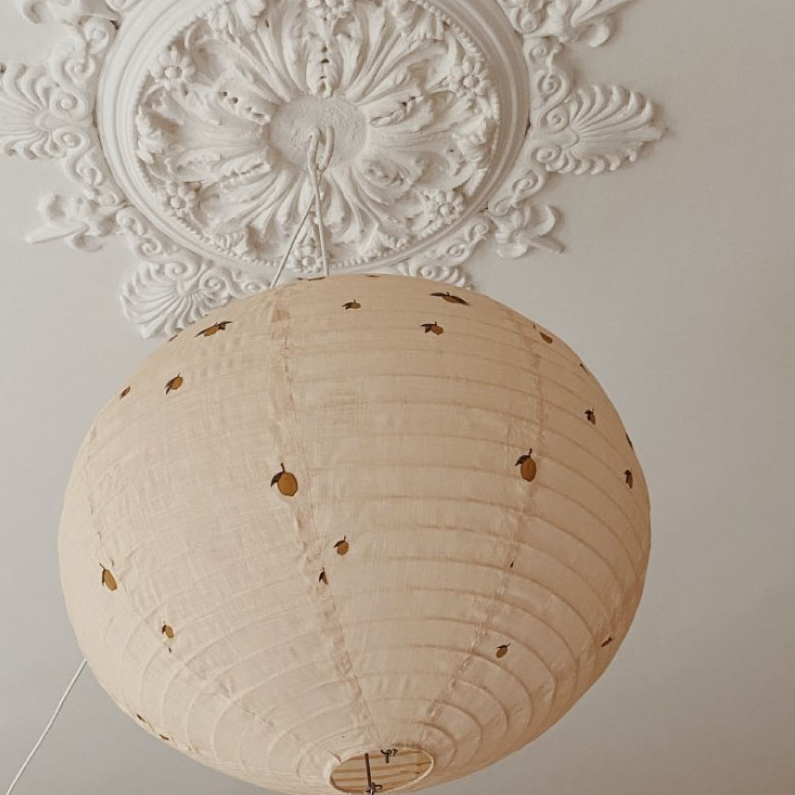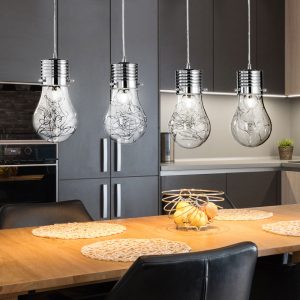
Designs for Ceilings: Elevating Your Space with Style
The ceiling is often referred to as the fifth wall in a room, yet it is often overlooked when it comes to interior design. A well-designed ceiling not only adds style and character to a space but also enhances its overall ambiance.
Types of Ceiling Designs
There are various types of ceiling designs that can elevate the look of a room. Some popular choices include:
1. Coffered Ceilings
Coffered ceilings feature a grid of recessed panels that create a geometric pattern. They add depth and character to a room, making it appear taller and more spacious.
2. Tray Ceilings
Tray ceilings feature a recessed center with a raised perimeter that creates a sense of depth and dimension. They are often used in dining rooms or master bedrooms to add elegance and sophistication.
3. Beamed Ceilings
Beamed ceilings feature exposed wooden beams that add warmth and texture to a room. They are often used in rustic or farmhouse-style homes to create a cozy, inviting feel.
4. Wallpapered Ceilings
Wallpapered ceilings are a unique way to add pattern and interest to a room. They can be used to create a statement ceiling in a powder room or to add a playful touch to a child’s bedroom.
The Benefits of a Well-Designed Ceiling
A well-designed ceiling not only adds visual interest to a room but also has many practical benefits. Some of these benefits include:
1. Improved Acoustics
Certain ceiling designs, such as coffered or dropped ceilings, can improve the acoustics of a room by reducing echoes and sound distortion.
2. Enhanced Lighting
Ceiling designs that incorporate lighting, such as tray or cove ceilings, can enhance the lighting in a room by adding ambiance and creating a focal point.
3. Increased Resale Value
A well-designed ceiling can add value to a home and make it more appealing to potential buyers, especially if it is unique or adds a sense of luxury to a space.
Choosing the Right Ceiling Design
When choosing a ceiling design, there are several factors to consider, such as the style of the room, the height of the ceiling, and the overall design aesthetic.
1. Room Style
The ceiling design should complement the style of the room. For example, if you have a modern minimalist living room, a coffered ceiling might look out of place.
2. Ceiling Height
The height of the ceiling can also influence the choice of ceiling design. A tray ceiling might work well in a room with high ceilings, but it can make a low-ceilinged room feel cramped.
3. Design Aesthetic
The ceiling design should fit in with the overall design aesthetic of the room. If the room has a natural, earthy feel, a beamed ceiling might be a better choice than a wallpapered ceiling.
A well-designed ceiling can add style, character, and practical benefits to a room. With so many types of ceiling designs to choose from, it’s important to consider the style of the room, the height of the ceiling, and the overall design aesthetic when making a choice. By incorporating a well-designed ceiling into your home, you can elevate the look and feel of your space with style.


